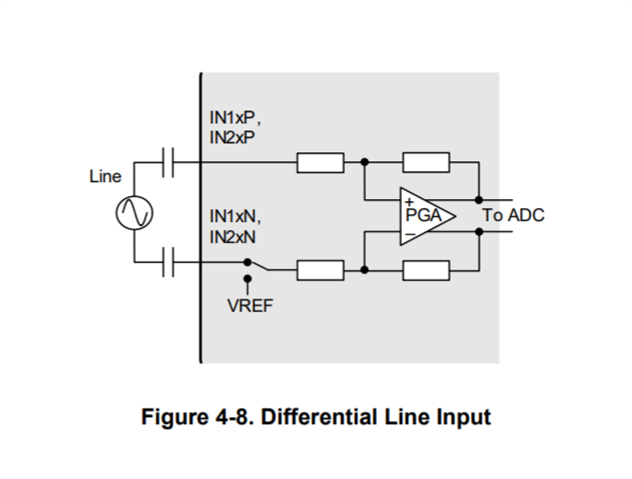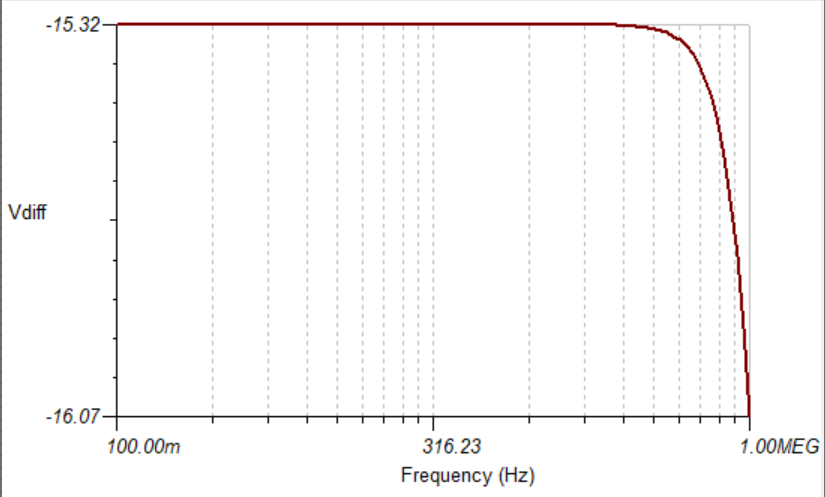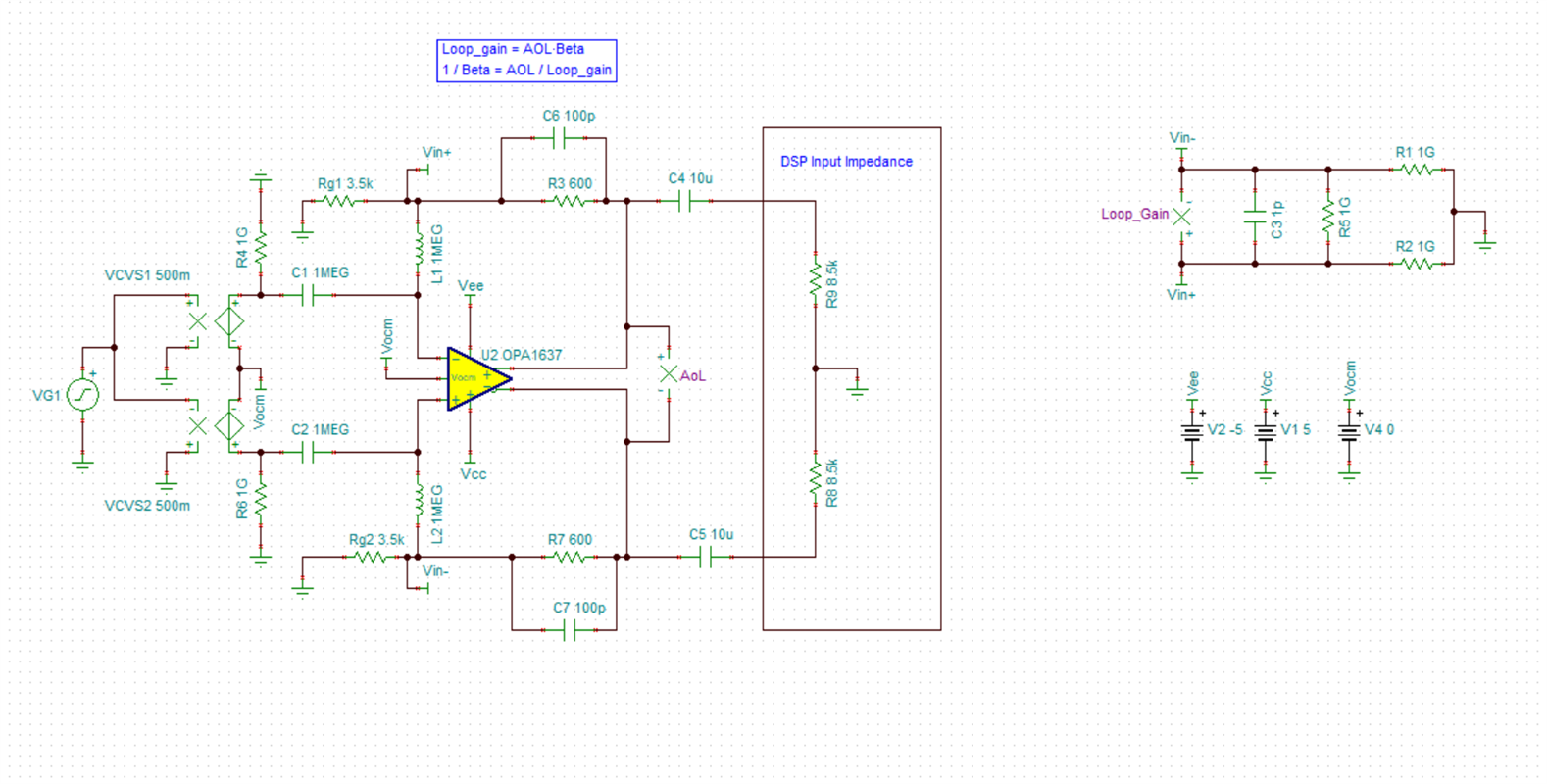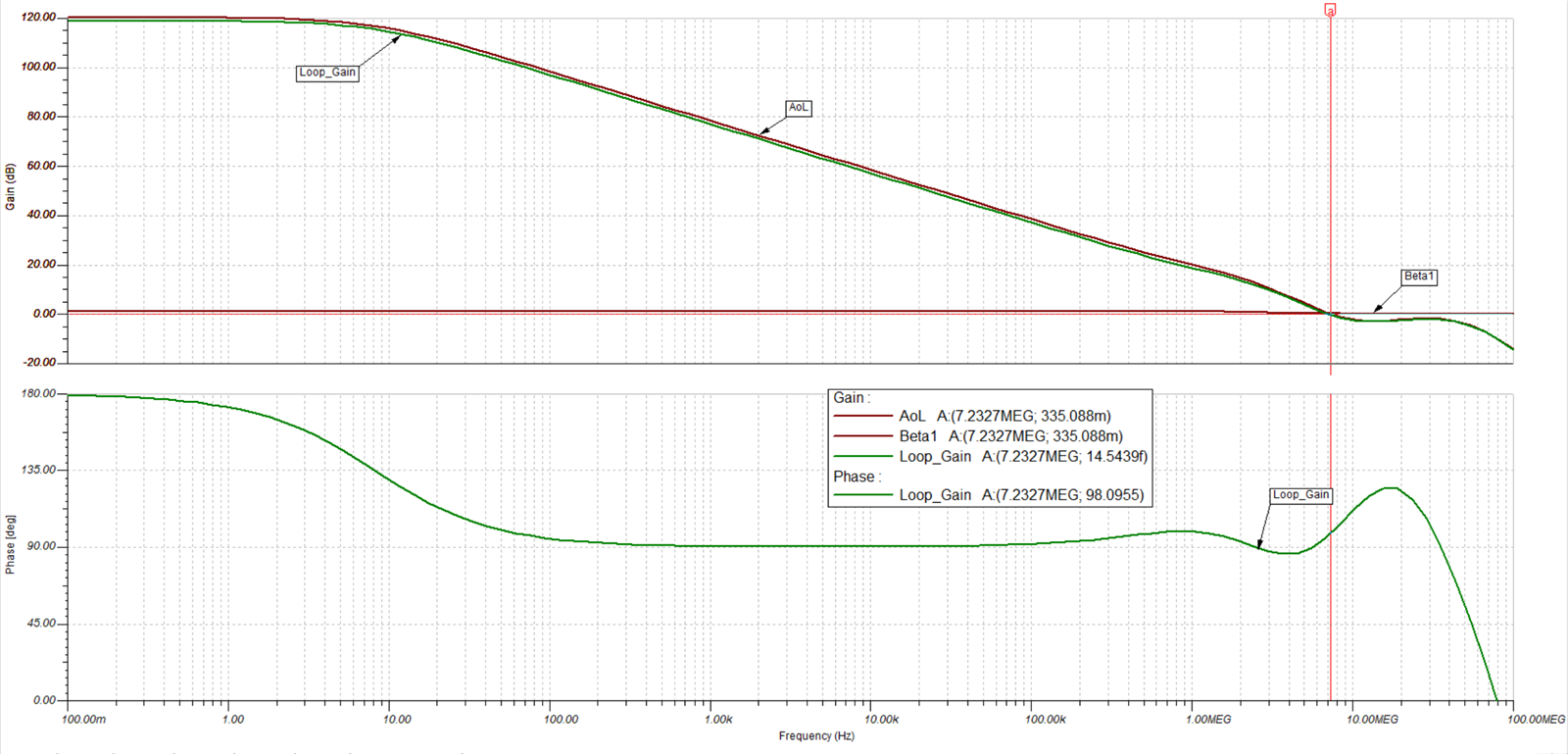Other Parts Discussed in Thread: OPA1637
Hello support team,
The problem here is from our customer.
They met some bottlenecks with PPGA2505 in products, and needs your comments:
PGA2505 had max +-5V(VA+, VA- 5V power supply) output, and this output will go into the DSP, but DSP's input limited voltage is +-1V.
On the current design, they used a 15dB attenuator(Resistor divided) after PGA2505 to protect the DSP, and they found that the attenuator as figure below deteriorated the performance of DSP (THD+N) due to the series resistor between PGA2505&DSP(R214,R216).
The measurement setting of the attenuator is shown in below figure.
Would you have a +-1V Pre-amplifier to advise or any other comment for it?
DSP: Cirrus Logic CS47L90
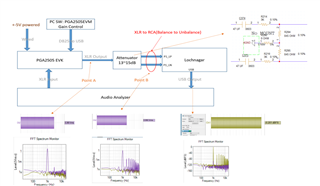
Best Regards,
Dave



